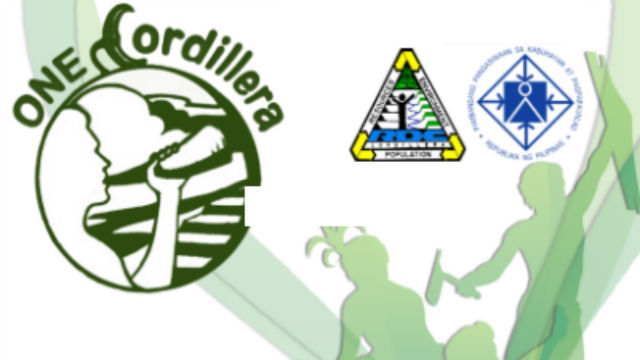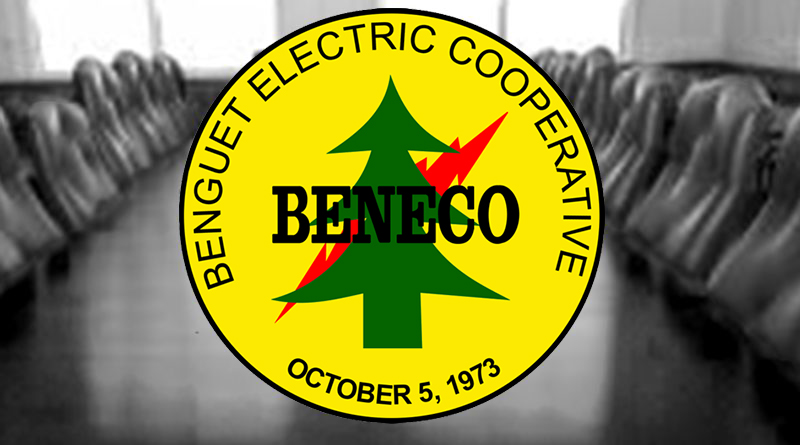BAGUIO CITY – The RDC Executive Committee approved the proposed list of projects for the Social Preparation of CAR into an Autonomous Region (SPCAR) program during a meeting on January 16, 2019. With a budget of P12.125 million, NEDA aims to continue its significant improvement in raising awareness and gaining support to Cordillera autonomy in the grassroots. The approved Roadmap and Communication plan also aims to capitalize on the election year and make Cordillera autonomy a priority of Cordillera representatives to the 18th Congress.
This year, the RDC approved nine project proposals from various public and private organizations on top of existing advocacy activities of NEDA-CAR and the Regional Line Agencies (RLAs). The police offices of Abra, Baguio City, Kalinga, and Ifugao have proposed several activities that aim to inform over 5,000 Cordillerans on autonomy. The Local Government Units of Benguet, Ifugao and Tadian, Mountain Province also proposed information drives in their respective areas to be conducted throughout the year. The Cooperative Development Authority and the Concerned Citizens of Abra for Good Government (CCAGG) have also partnered with NEDA to educate the grassroots on the benefits of Cordillera autonomy.
The past two years saw a significant increase in both local and national support for the autonomy advocacy. Information dissemination remains the top priority of NEDA-SPCAR with over half of its budget allocated to the Information, Education, and Communication (IEC) thrust. DSWD Dir. Janet Armas added, “We have improved a lot. Let us continue with the IECs and reach as much as we can”. RDC Chair and Baguio City Mayor Mauricio Domogan added that RLAs such as DSWD-CAR are created via Executive Order 220 (E.O. 220) which created the Cordillera Administrative Region in preparation for autonomous government. “RLAs are the main implementers of E.O. 220”, he said. Regional line agencies have continued to fulfill their mandate in raising awareness on Cordillera autonomy with thousands reached every year through various information drives during their respective activities. By Marlo T. Lubguban












